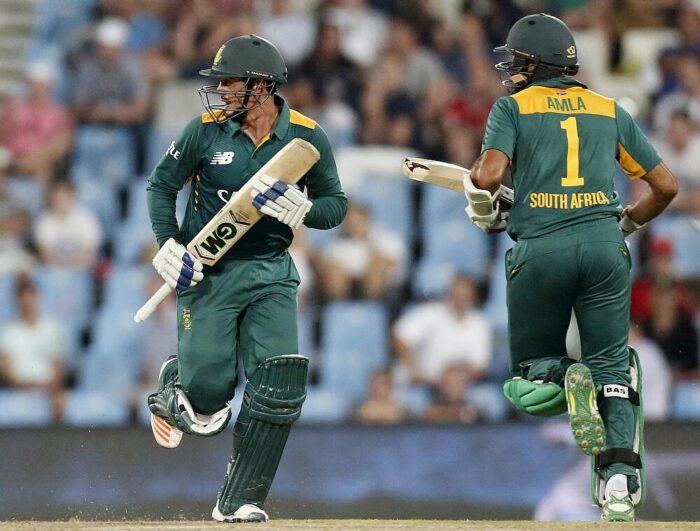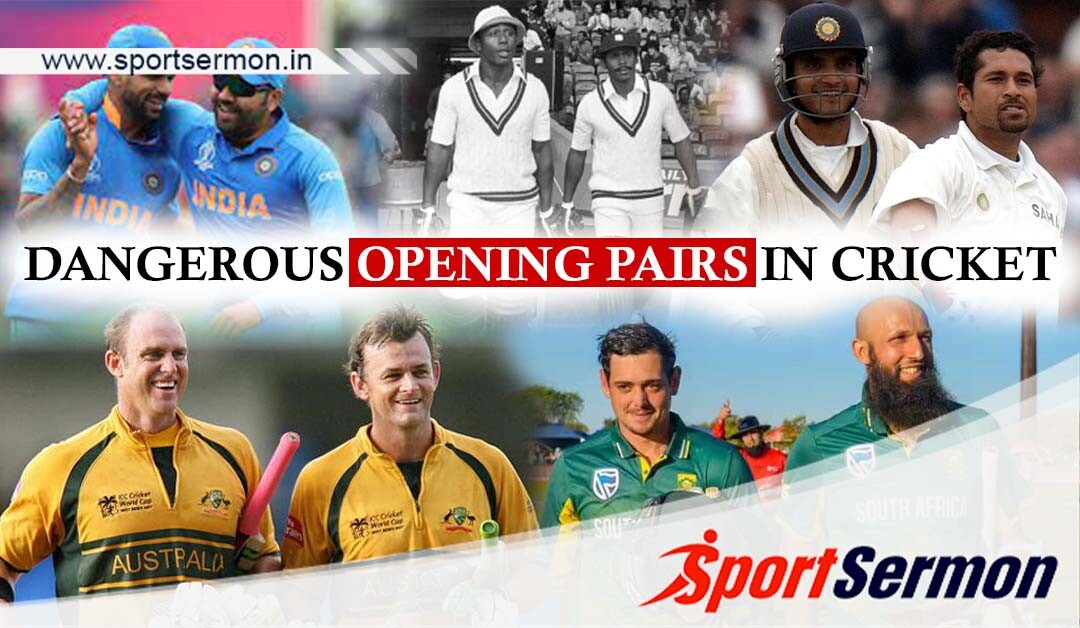In the realm of cricket, where partnerships play a pivotal role in shaping the outcome of matches, few alliances are as captivating and potent as opening pairs. The commencement of an inning marks a crucial juncture, and the combination of two skilled batsmen at the top of the order can set the tone for the entire game. Referred to as the “dangerous opening pairs,” these duos possess a unique blend of technique, aggression, and compatibility that makes them a nightmare for opposition bowlers and captains alike.
The danger posed by these opening pairs transcends mere statistical brilliance. It lies in the psychological impact they have on the opposition. A formidable opening partnership can demoralize bowlers and inflate fielding teams’ stress levels as they grapple to find a chink in the armour. The pressure to break the partnership mounts with each run added, creating a cascading effect that can alter the course of the game even before the middle order comes into play.
Furthermore, the impact of these dangerous pairs extends beyond the realm of a single match. Their consistency in providing solid starts for their team can define a series or even an entire tournament, allowing middle-order batsmen to build on a solid foundation. As such, these partnerships have become emblematic of a team’s stability and a critical factor in its quest for victory.
Top Five Most Dangerous Opening Pairs in Cricket
#5) Hashim Amla and Quinton de Kock

Representing South Africa, Hashim Amla and Quinton de Kock formed a partnership that combined classical elegance with modern aggression. Their synergy epitomized the evolving dynamics of cricket, where traditional techniques seamlessly merged with audacious intent.
Amla, celebrated for his graceful batting, lent an air of sophistication to the opening slot. His serene stroke play and impeccable timing allowed him to accumulate runs with finesse, setting the stage for the more exuberant de Kock. De Kock, a left-handed dynamo, injected urgency into the partnership with his audacious stroke play and fearless approach. His ability to seize the initiative from the opposition, particularly in limited-overs formats, added an exciting dimension to their collaboration.
The potency of Amla and de Kock’s partnership lies in their adaptability to diverse situations and formats. Amla’s steady accumulation ensured stability, while de Kock’s aggression often propelled the innings forward. This pairing played a pivotal role in South Africa’s successful chases and stood as a testament to the transformation of modern opening batting.

